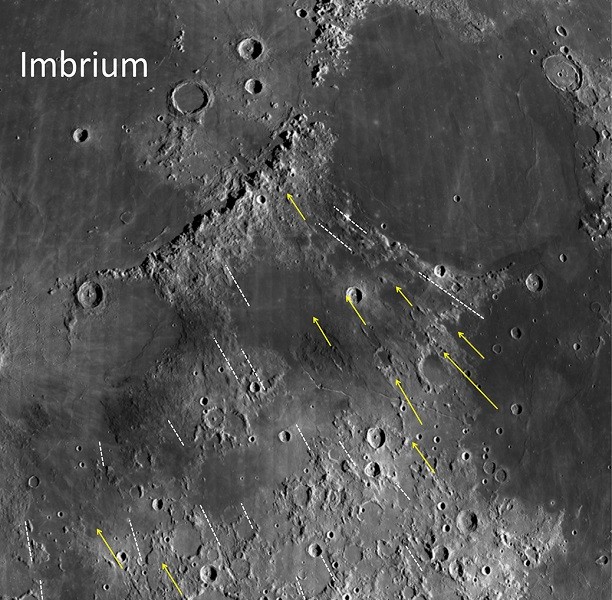Scientists have determined the violent cosmic collision that supposedly marked our very own natural satellite with its famous giant crater or more famously known as the Man on the Moon.
In this new study, scientists have identified a massive asteroid, so large that it can be classified as a protoplanet, that crashed into the moon's surface at speeds of 22,000 miles per hour that later on formed the distinct dark patches made from impact craters, around 4 billion years ago.
This massive space rock is estimated to be more than 150 miles across and collided into the lunar surface with an angle of 30 degrees. This colossal force fractured the moon where the impact marked permanent scars as chunks of lunar rock were ejected, scattering material into space for 300 miles.
This impact gouged moon rock and material and left a 750 mile wide crater, which can now be seen as the left eye of the Man on the Moon from Earth. According to planetary scientist, Peter Schultz from Brown University, this is considered as one of the largest and last craters to be formed on the moon.
This massive crater has been long known as the Imbrium Basin as this dark feature is also surrounded by mysterious grooves, which are still a mystery to astronomers. Some of these grooves have scattered in a radial pattern, which is the result from moon rocks being thrown off by the asteroid impact. Other grooves however, appear to originate from the northwest region of the crater, along with the angle of the asteroid's trajectory.
Schultz explains that anyone with a telescope can see this basin along with these grooves, which are very prominent.
In this new study, scientists investigate these mysterious markings called the Imbrium Sculpture by using the Vertical Gun Range which is a 14 foot cannon housed under NASA's Ames Research Center in California. This special cannon can shoot projectiles up to 16,000 miles per hour to be able to study violent events in the solar system.
During experiments, Schultz and team discovered that during high speeds and oblique collisions, like an asteroid strike on the lunar surface, this can result with an uprange of the final crater, breaking into pieces that scarred the surrounding surface on the basin.
Scientists measured the scars that are composed of the Imbrium Sculpture and calculated the minimum size of the asteroid from a backwards trajectory, before it made impact. Most of these grooves measure around 10 miles long while others are larger.
Schultz says that for the first time ever, an estimate was produced about how big the asteroid was, where 150 miles across is the most minimum. These new findings can further provide information about the size of objects that crashed into the moon and other planetary bodies in the solar system including how the early solar system began to form.
This new study is published in the journal, Nature.



























